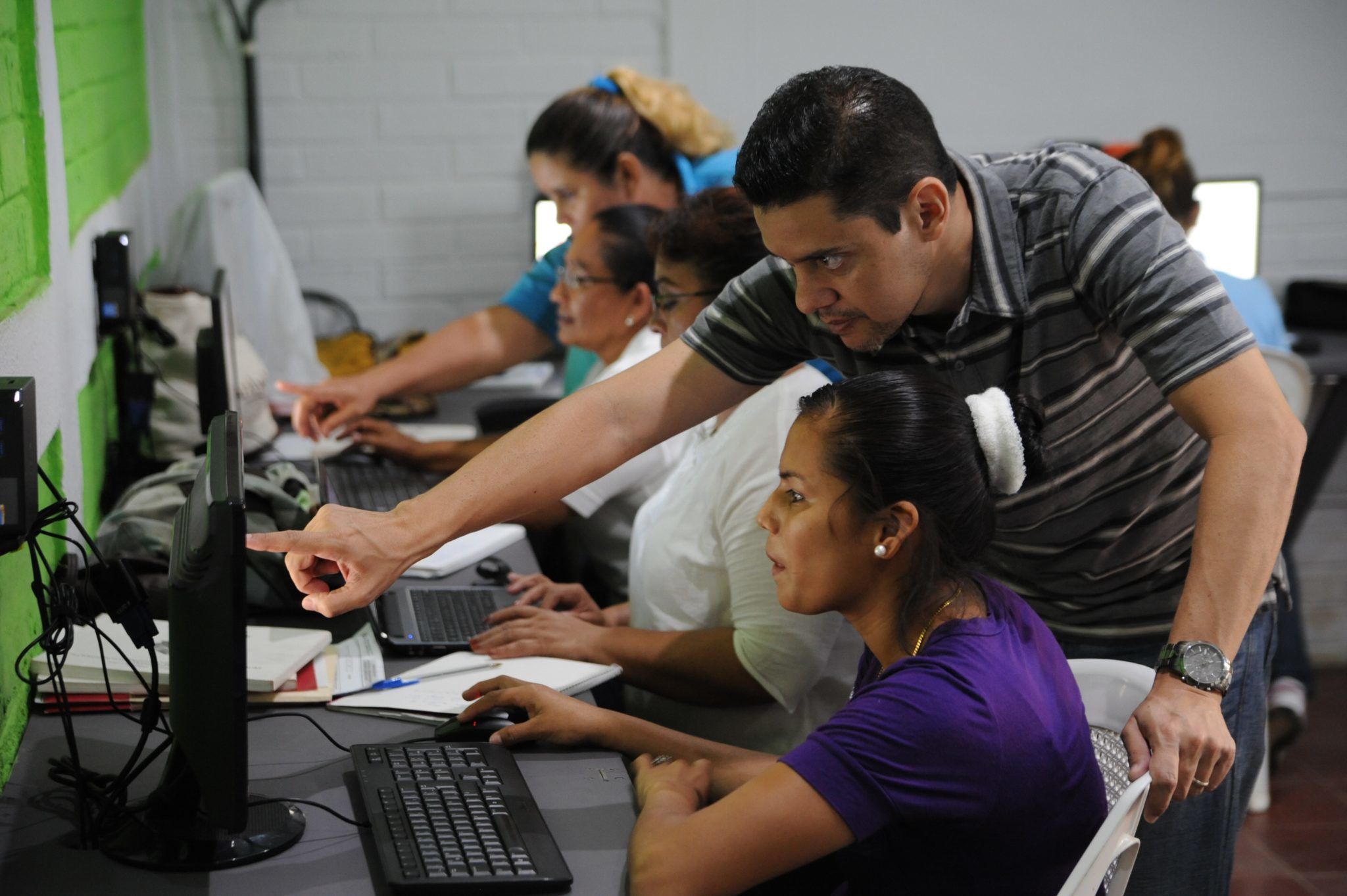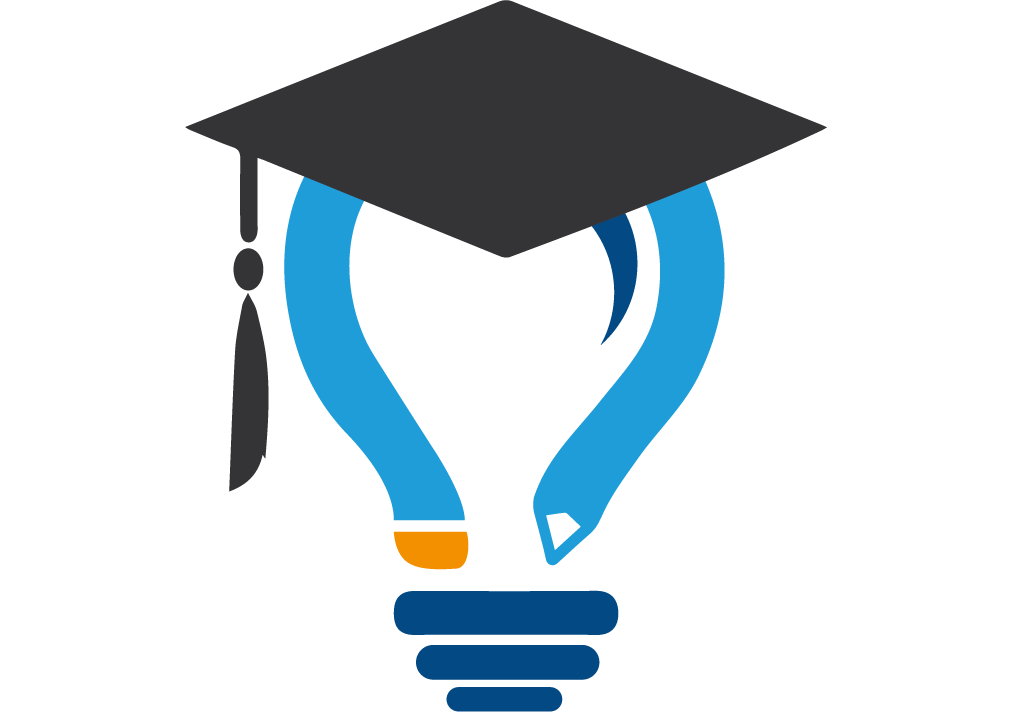Professional Development is mostly the process of attaining the skills, qualifications, and experience that allow specialists, in this case, teachers, to forge ahead in their careers and improve the quality of instruction imparted to their students.
In other words, it is a wide-ranging, continued, and intensive approach that tends to enhance teacher and principal effectiveness in raising student achievement by providing resources, workshops, training, and assistance in the classroom. There are numerous subjects in professional development; nonetheless, I’m going to concentrate on technology as most of the recommendations to be presented for technology would apply to any other category.
The goal pursued with these series is to provide the necessary knowledge-base to be successful in these endeavors. It is probably not as easy as just to give an insolate training to a group of teachers. Professional Development goes much deeper than that; not a few developers make the mistake of only providing workshops, or training teachers in diverse tools or resources without considering other essential elements. Which at the end are the ones that would guarantee the success, which is to raise student achievement and not to train teachers in the use of technologies they will never use.
Professional Development goes much deeper than that; not a few developers make the mistake of just providing workshops, or training teachers in diverse tools or resources without considering other essential elements; which at the end would be the ones that guarantee the success by raising student achievement.
Every school in the world must be committed to offering Professional Development to their staff; nonetheless, it also has to be determined to follow up and measure the results obtained, and obviously to be consistent with their practical needs and availability of resources.
The first step in making an effective Professional Development is planning.
Steps for planning Professional Development:
1. SURVEY THE TEACHERS TO DETERMINE THEIR SPECIFIC NEEDS
The best way to design professional development that meets diverse needs and accommodates distinctive levels of expertise is to find out what people do know and do not know and what they need to know; and then, to develop offerings accordingly. Assessing needs and skills can be done by administering a survey.
It is recommended to give respondents an opportunity to describe in their own words how they would like to use technology in their classrooms. The survey will help plan current and future professional development sessions.
2. DETERMINE HOW THE TEACHERS RELY ON TECHNOLOGY, HOW IT AFFECTS THEIR TEACHING AND HOW THE USE OF UNKNOWN TECHNOLOGIES CAN CAUSE THEM CONCERNS OR ANXIETY
Technology is a remarkable innovation. However, bringing change to our staff may raise anxiety about how it will affect them as individuals and the way that they work.
A recommended model to understand innovation and change is the Concerns-Based Adoption Model (CBAM) – http://www.nas.edu/rise/backg4a.htm and http://www.sedl.org/cbam/. This model is a conceptual framework that describes, explains, and predicts probable teacher concerns and behaviors throughout the school change process.
Teachers experiencing new technology usage will ask questions of themselves regarding the change. In early stages of the change process, questions are more self-oriented: What is it? How will it affect me? When these questions are resolved, it emerges that is more task-oriented: How do I do it? How can I use these materials efficiently? How can I organize myself? Why is it taking so much time? Finally, when self- and task concerns are mostly resolved, the individual focuses on impact. Educators will then ask: Is this change working for students? Is there something that will work even better?
The three principal diagnostic dimensions of CBAM are:
• Stages of Concern – Seven different stages of feelings and perceptions that educators experience when they are implementing a new program or practice
• Levels of Use – Eight behavioral profiles that describe a different set of actions and behaviors in which educators engage as they become more familiar with and more skilled in using an innovation or adopting change.
• Innovation Configurations – Different ways an innovation may be implemented, shown along a continuum from ideal implementation or practice to least desirable practice
3. PRESENT TECHNOLOGY PROFESSIONAL DEVELOPMENT OFFERINGS THAT ADDRESS TEACHERS NEEDS IN BOTH CONTENT AND PROCESS
Once the necessary data gathering and analysis are collected (interviewing, surveying, investigation, reflecting) it’s time to develop the technology professional development plan. The point is that it should be a plan that takes into account a range of needs and circumstances, not just a list of workshops to be held.
It is important to note that the distinctive difference about technology professional development, compared with other sorts of professional development, is the technology component and its requirements (hardware and software), as well as the qualifications of the person or people who will be delivering it.
4. DEFINE THE PLACE, THE TIME, THE TEACHER’S AVAILITY, RESOURCES NEEDED AND WHO THE PRESENTERS WILL BE.
There are several issues to be considered regarding this item. Will a particular technology training room or training rooms be needed? If so, how should it be equipped? Will there be such a room in each school? Who will be responsible for delivering the sessions? When will teachers be asked to attend these meetings? Last but not least, the process is strategic pacing. It means, who will receive computers or equipment first, and how will that be decided? How soon afterward will they receive appropriate training? Will everyone across the school receive equipment at the same time? Or will it take place in waves?
5. COORDINATE WITH THE IT TEAM THE INSTALLATION OF HARDWARE AND SOFTWARE IN TIMING WITH THE PROFESSIONAL DEVELOPMENT SESSIONS HELD.
Roll out the technology and the professional development about the same time; do it in stages. It’s important to start with a particular subject area in which students stand to gain the most from technology-enhanced learning. You could also start with the grade level where the teachers are more ready and eager to get started.
Never provide professional development in a tool or resource if the school doesn’t have it yet; or if the IT Team can’t install it, or configure it in the right timing. It will result in a waste of time as teachers can lose interest or they might forget what they learned.

